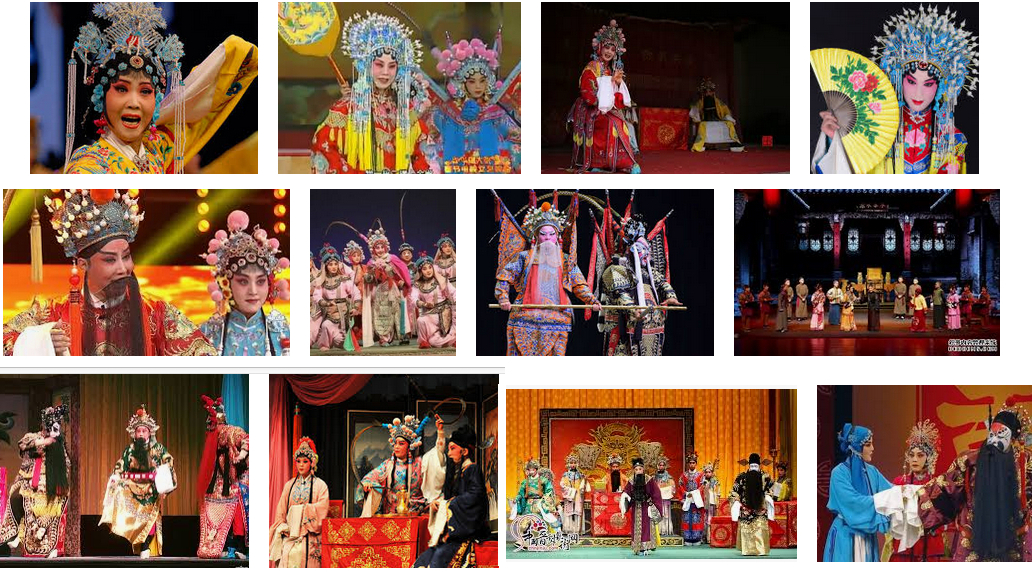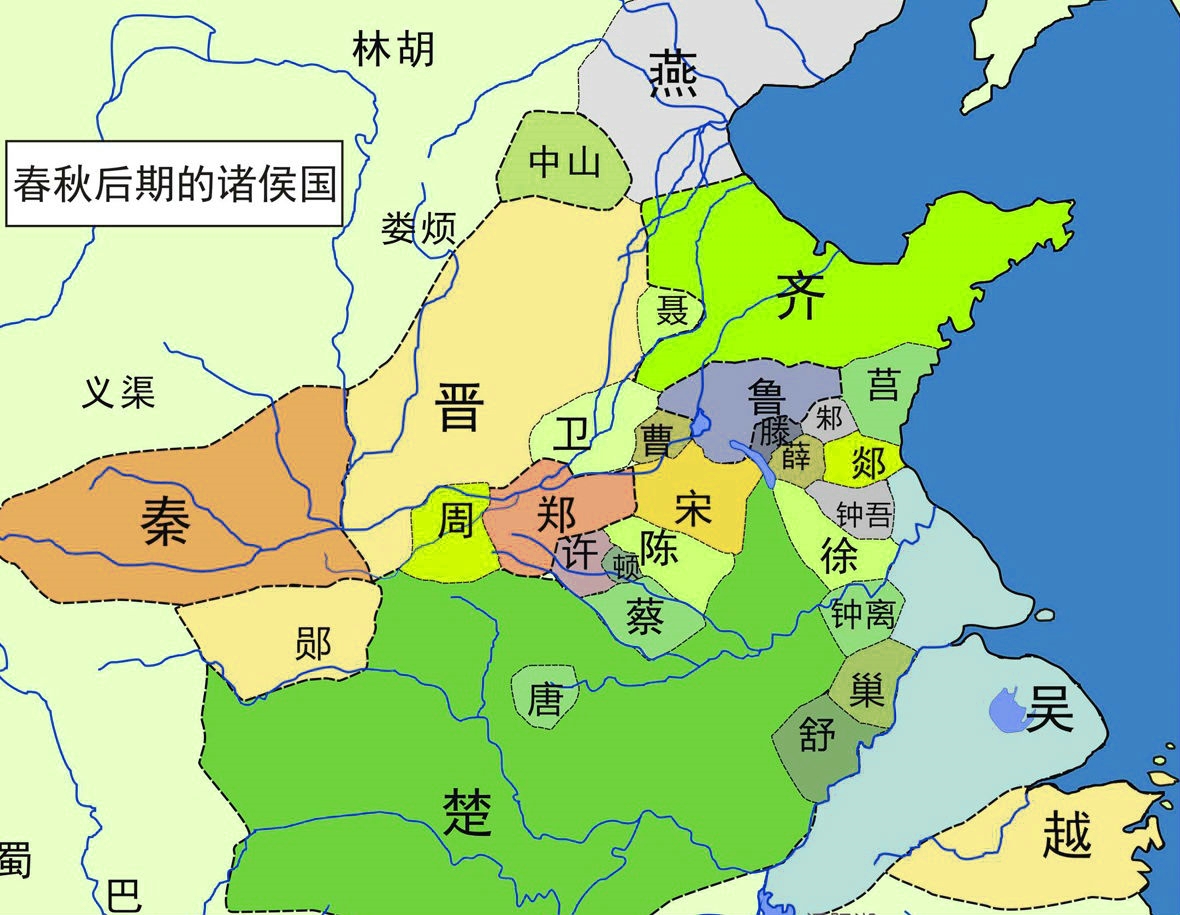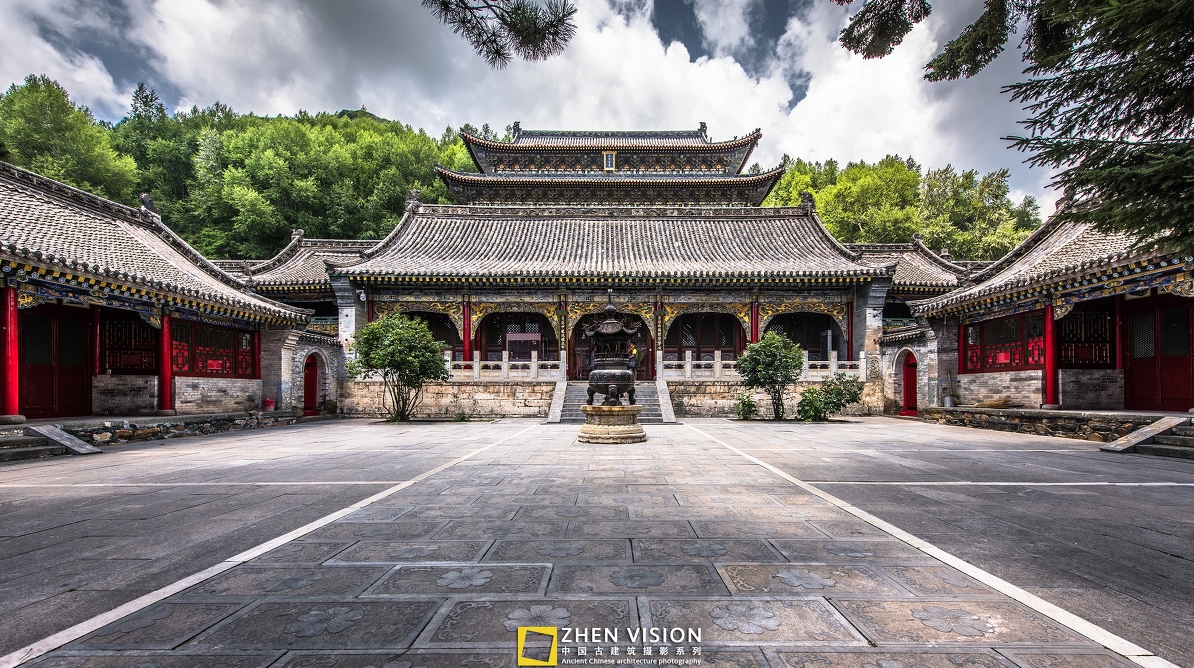
Deutsch-Chinesische Enzyklopädie, 德汉百科
 Shanxi Sheng-SX
Shanxi Sheng-SX


Jin (chinesisch 晉 / 晋, Pinyin Jìn) war ein antiker chinesischer Staat vom 11. Jahrhundert v. Chr. bis 453/403 v. Chr. Sein Territorium befand sich auf dem Gebiet der heutigen Provinz Shanxi. Er war in der Zeit der Frühlings- und Herbstannalen einer der mächtigsten Staaten Chinas, wo Herzog Wen von Jin, der den Staat Chu in der Schlacht von Chengpu (632 v. Chr.) besiegt hatte, zum Hegemon ernannt wurde. Am Ende dieser Zeit wurde Jin in drei Staaten aufgeteilt, in die Staaten Han 韩, Wei 魏 und Zhao 赵. Die Teilung von Jin wird bisweilen als das am Anfang stehende Ereignis der Zeit der Streitenden Reiche betrachtet, diese drei neuen Staaten waren die Hauptakteure dieser Zeit geworden. Jin ist die traditionelle Bezeichnung für die Region von Shanxi geblieben.
Am Ende des 3. Jahrhunderts wurden am Beginn der namensgleichen Jin-Dynastie die Bambusannalen entdeckt, eine Chronik, die unter anderem die Geschichte von Jin seit dem Beginn der Östlichen Zhou-Dynastie (771 v. Chr.) bis zu ihrer Aufteilung berichtet.
晋(しん、紀元前11世紀 - 紀元前376年)は、現在の中国山西省に西周代、春秋時代にわたって存在した国家である。始めは唐と呼ばれていたが、後に晋と改める。国姓は姫である。首府は翼、後に曲沃の分家が翼の宗家に取って代わった際に名を改め、絳と呼ばれるようになった。
Jin (Chinese: 晉, Old Chinese: *tsi[n]-s), originally known as Tang (唐),[1] was a major state during the middle part of the Zhou dynasty, based near the centre of what was then China, on the lands attributed to the legendary Xia dynasty: the southern part of modern Shanxi. Although it grew in power during the Spring and Autumn period, its aristocratic structure saw it break apart when the duke lost power to his nobles. In 453 BC, Jin was split into three successor states: Han, Zhao and Wei. The Partition of Jin marks the end of the Spring and Autumn Period and the beginning of the Warring States period.
Le Jin (chinois simplifié : 晋国 ; chinois traditionnel : 晉國 ; pinyin : , XIe siècle av. J.-C. – 453/403 av. J.-C.), situé dans l'actuel Shanxi, a constitué l’un des plus puissants États de Chine pendant la période des Printemps et des Automnes. Son cœur est alors situé dans la vallée de la rivière Fen, région agricole prospère traversée par des axes de communication importants. Il atteint son apogée sous l'égide du duc Wen, victorieux du Chu à la bataille de Chengpu (632 av. J.-C.), à la suite de laquelle il est nommé l'un des Cinq Hégémons (五霸, ).
À la fin de cette période, le Jin est divisé par les Trois familles en trois États, le Han, le Wei et le Zhao. La division de Jin est parfois considérée comme l’événement initial de la période des Royaumes combattants, ces trois nouveaux États devenant des acteurs majeurs de cette période. Jin est resté l’appellation traditionnelle de la région du Shanxi.
À la fin du IIIe siècle ap. J.-C., au début de la dynastie homonyme Jin, sont découvertes les Annales de bambou, une chronique d'un des États successeurs, le Wei, relatant entre autres l’histoire du Jin depuis le début des Zhou orientaux (vers 771) jusqu’à son démembrement. Les autres sources majeures sur l'histoire de cet État sont le Commentaire de Zuo, relatant les événements de la période des Printemps et des Automnes, et les Mémoires historiques de Sima Qian, qui dans sa section sur les Maisons héréditaires (Shijia) comprend un chapitre sur l'histoire de Jin.
Lo stato di Jin (cinese tradizionale: 晉, cinese semplificato: 晋, pinyin: Jìn; XI secolo a.C. – 453/403 a.C.), situato nell'attuale Shanxi, fu uno dei più potenti stati dell'antica Cina durante il periodo delle Primavere e degli Autunni quando il duca Wen, vincitore dello Stato di Chu nella battaglia di Chengpu, (632 a.C.) fu nominato egemone. Alla fine di questo periodo, Jin fu diviso in tre stati Han, Wei e Zhao. La divisione di Jin è talvolta considerata come l'evento iniziale del periodo dei Regni Combattenti, di cui questi tre nuovi stati divennero i protagonisti. Jin, inoltre, è rimasto l'appellativo tradizionale della regione dello Shanxi. Alla fine del III secolo d.C., all'inizio dell'omonima dinastia Jin, furono scoperti gli Annali di bambù, una cronaca che narrava, tra l'altro, la storia di Jin dopo l'inizio della dinastia Zhou orientale (verso il 771) fino al suo smembramento.
Jin (en chino:晋国, pinyin: Jìn Guó [tɕin˥˩ kwɔ˧˥]) fue el mayor estado durante mediados de la dinastía Zhou, situado al sur de Shanxi, cerca del centro de lo que entonces era China. Establecido en en el siglo XI a. C., desapareció en 376 a. C.
A pesar de que creció en poder durante el período de Primaveras y Otoños, su estructura aristocrática se vio rota cuando el duque perdió el poder a los nobles. En el 453 a. C., Jin se dividió en tres estados sucesores: Han, Zhao y Wei. La partición de Jin marca el final del período de Primaveras y Otoños y el inicio del período de los Reinos Combatientes.
Цзинь (кит. трад. 晉, упр. 晋, пиньинь: Jìn) — удельное царство эпохи Вёсен и Осеней в древнем Китае, находившееся преимущественно к северу от реки Хуанхэ, основная территория которого лежала в современной провинции Шаньси. Царство Цзинь было одним из самых могущественных в эпоху Вёсен и Осеней.
Государство Цзинь основал Тан Шу-Юй, ведущий происхождение из царского рода династии Чжоу. Распад царства Цзинь считается концом периода Вёсен и Осеней.

Jinci (chinesisch 晉祠 / 晋祠) ist eine Tempelanlage in Taiyuan in der chinesischen Provinz Shanxi aus der Zeit der Song-Dynastie. Ihren Kern bildet der Ahnentempel des Fürsten Shu Yu.
Der Jinci Tempel hat eine lange Geschichte, die sich bis in die Westliche Zhou-Dynastie (11. Jahrhundert v. Chr. bis 711 v. Chr) zurückverfolgen lässt, als König Cheng seinen jüngeren Bruder Yu einen seiner Staaten überließ. Yu war ein intelligenter Führer und machte viele Beiträge zum Staat, so bauten seine Nachkommen nach seinem Tod einen Tempel für ihn, um seine Leistung zu ehren.[1]
晋祠,原名为晋王祠,初名唐叔虞祠,是为纪念晋国开国诸侯唐叔虞(后被追封为晋王)及母后邑姜后而建。位于山西省太原市晋源区晋祠镇,其文化遗产价值独特,是中国现存最早的皇家园林,为晋国宗祠。祠内有几十座古建筑,具有汉文化特色。










 National Opera
National Opera
 History
History

 Architecture
Architecture
 Geography
Geography
 Religion
Religion
 Art
Art
 Companies
Companies
 Energy resource
Energy resource
 Eat and Drink
Eat and Drink